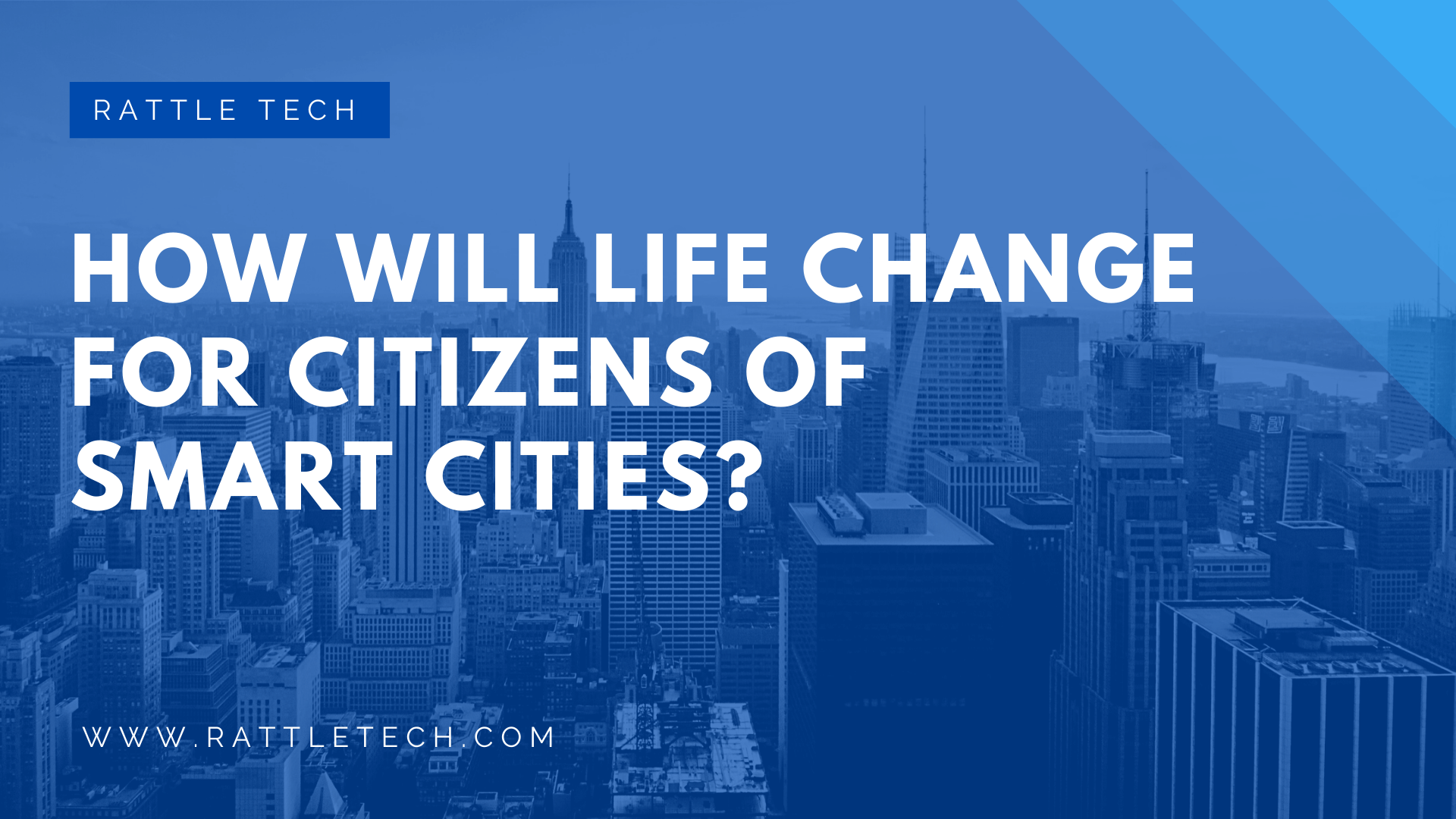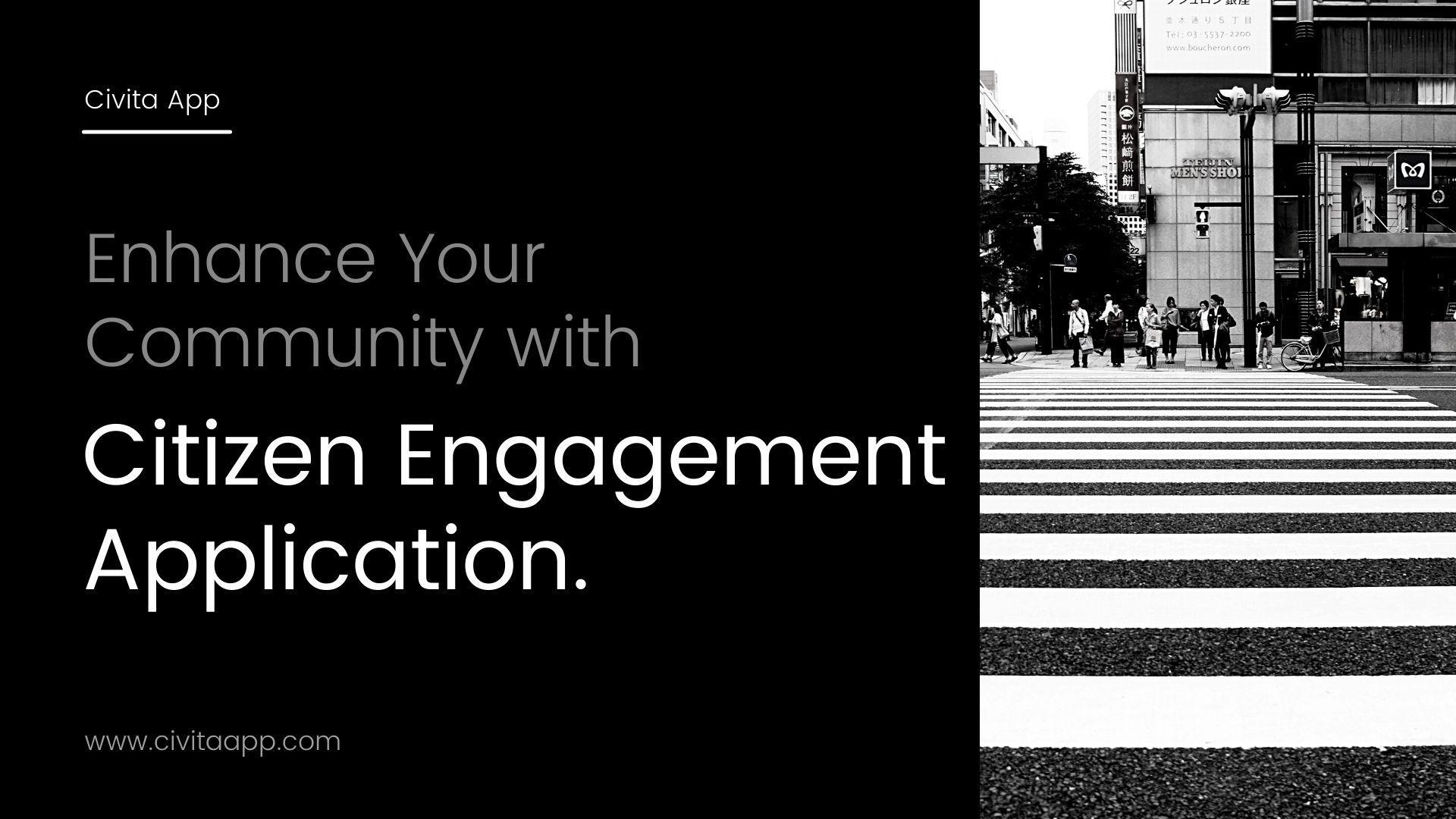Smart Cities, also called SCC or Smart and Connected Communities, are being enabled thanks to the revolution happening in the Internet of Things (IoT). There is an exponential growth of devices in our personal and business lives which are online, connected, and capable of sharing data.
But what exactly is a “Smart City”? The International Organization for Standardization (ISO) and International Electrotechnical Commission (IEC) refer to a smart city as the “system of systems”. It improves public services through the merging of critical infrastructure like energy and transportation systems, and new technologies such as sensor networks and infrastructure.
This is an area of great interest as more than 50% of the world population are currently living in cities and projections are for this to increase to 70% by 2050. Cities will face challenges from sustainability, energy, safety and service delivery and the solutions being framed to address these challenges rely heavily on the Internet of Things.
However, even with the publication of large amounts of information on Smart Cities, most people are still not sure how this will affect them on a personal level. So, how will a Smart City change a citizen’s daily life?
Home Environment
A Smart City will enable its residents to have up-to-date energy-related information such as current energy prices, supply and demand, weather forecasts, etc. City systems will also link to devices in the home, such as solar panels, smart energy meters, electric car charging ports and smart appliances to better manage energy consumption across the city.
Caring for elderly family members will be improved through the use of health tracking devices that can automatically alert family and city departments to health emergencies.
City Environment
There will be constant interaction between the citizen and the city. Citizens will notify the city of potholes, trash, and broken sprinkler systems with their phones. Currently, the City of Los Angeles, covering an area of 23,000 miles, can oversee which areas need trash removal through this interaction with their citizens. Boston uses the Street Bump app to automatically detect potholes using the citizens’ smartphone accelerometers. Barcelona’s parks have sensors that monitor rain and humidity, allowing park workers to decide how much water is needed in each area, which has led to a 25% cut in the city’s water bill.
A Smart City will help its citizens make decisions from where to invest money, to where to go for lunch. Measurement of foot traffic across the city will help entrepreneurs understand where to open new businesses like restaurants, retail stores, dry cleaning, etc. GPS-tagged photographs uploaded by city workers and citizens will help the city create heatmaps of dilapidated buildings and areas that need to be renovated.
People with allergies and asthma will have the ability to map routes in the city that don’t trigger their symptoms. The Netherlands is currently running a pilot program where citizens install sensors in their homes and businesses, and then data collected from GPS-enabled inhalers used by a group of citizens is used to correlate between air quality and allergies around the city.
Commuting
The normal morning or evening rush, experienced by most people, will be eased by accessing car-sharing services from a smartphone app. Centralized monitoring, control of traffic lights, and direct communication between city infrastructure and autonomous vehicles, and between vehicles themselves, will enable a smoother commute.
Going Out
A smart city’s public transportation will be always available, optimized and affordable. It will enable not just citizens, but tourists as well to navigate the city safely and quickly. Tourists will be able to visit historical sites and use augmented-reality applications, such as viewing historical photos overlaid onto current scenes, to get a better experience.
Navigating a city in the night will be made safer with the use of LED lights that brighten when a person approach. By 2020, 10% of Smart Cities are expected to use street lamps as the backbone of their WAN. In Glasgow, this is taken one step further – fitting smart street lights with noise sensors and connecting them to CCTV cameras. So, if noise goes above a certain level, an alert is sent to its operation centers for evaluation, in case it is caused by anti-social or criminal elements.
Crime will also be controlled in other ways in Smart Cities. Chicago recently spent $1M on ShotSpotter, installing hundreds of sensors in high crime areas. Whenever a gun is fired, police officers are immediately given the exact location via a smartphone app.
Though a Smart City’s primary goal is sustaining and empowering city services like transportation, energy, water and waste, we should keep firmly in mind that the success of any city is its people. A city is only as successful as its ability to give people an opportunity to interact, discover, innovate and create. As Jane Joseph, a visionary in urban planning said “Design is people”. If a Smart City is to truly add value, the focus has to be on bringing people together.
Learn more about our Smart City Community Engagement & Issue Management solution.




